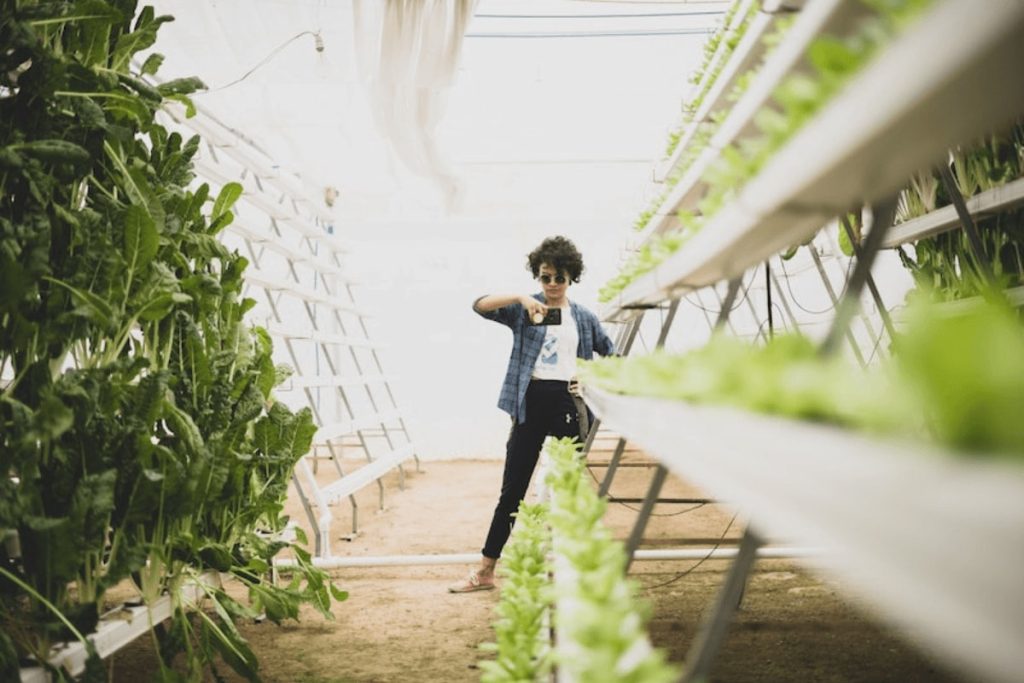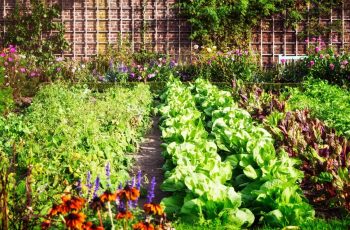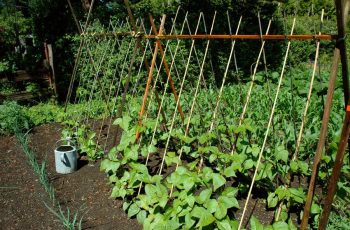Hydroponics offers a sustainable gardening solution for those with limited space or unsuitable climates. This method allows plants to grow without soil, utilizing nutrient-rich water instead. This guide will explore how hydroponics works, the types of systems available, plants suitable for hydroponics, and tips for maintaining a healthy garden.

Key Takeaways on Hydroponics:
- Hydroponics has been practiced for centuries and allows for soil-free plant growth using nutrient solutions.
- Various systems, such as deep water culture and aeroponics, offer unique advantages.
- Hydroponics addresses global food challenges and promotes sustainable farming practices.
- Gardeners can control environmental factors like light and pH, optimizing plant growth regardless of external conditions.
- While not all plants thrive in hydroponics, leafy greens and herbs are particularly well-suited, allowing for year-round fresh produce.
Understanding Hydroponics:
Hydroponics dates back nearly 400 years, with early references by Sir Francis Bacon and later developments in Europe. The term “hydroponics” was coined in the 1930s, and today it represents a modern solution to food production, especially in urban settings.
How Hydroponics Works:
Plants receive water and nutrients directly to their roots through systems that do not rely on soil. This method uses significantly less water—up to 90% less than traditional gardening—while allowing precise control over growth conditions.
Plants Suitable for Hydroponics:
While many plants can grow hydroponically, those that thrive include lettuces, strawberries, and herbs. Larger plants, such as corn or vines, may not be ideal due to their size and root requirements.
Maintaining Healthy Hydroponic Plants:
Nutrients play a crucial role in hydroponics, necessitating a careful balance to avoid underfeeding or overwhelming plants. Additionally, water quality is vital; using filtered water with a pH of 6–6.5 ensures optimal nutrient absorption.
Types of Hydroponic Systems:
- Wick System: Simple and electricity-free, ideal for beginners.
- Drip System: Flexible and efficient, using a pump to deliver nutrients.
- Deep Water Culture: Roots are submerged in nutrient-rich water, promoting rapid growth.
- Ebb and Flow: Mimics natural tidal systems, providing both nutrients and oxygen.
- Nutrient Film Technique (NFT): Uses sloped trays for efficient nutrient delivery.
- Aeroponics: Roots are misted with nutrients, preventing drowning.
- Kratky Method: A passive system that requires minimal maintenance.
Advantages and Disadvantages:
Hydroponics accelerates growth, conserves water, and allows for year-round production, but initial setup costs can be high, and systems require active management. Power outages can also threaten plant health.

In conclusion, hydroponics presents an innovative alternative to traditional farming, offering a sustainable solution for urban agriculture. With the right knowledge and setup, anyone can successfully grow plants hydroponically, contributing to local food systems and sustainability efforts.



